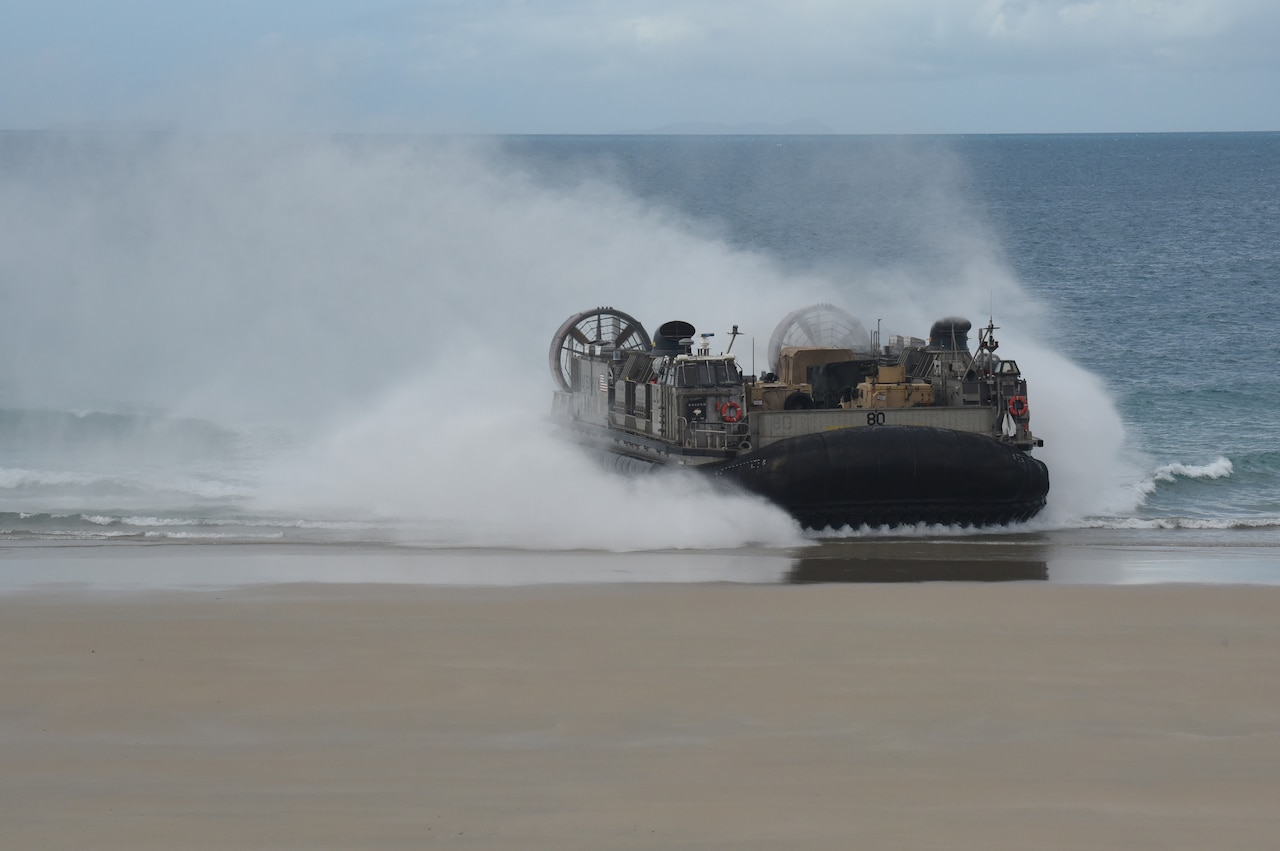The Marine Corps implemented its “Force Design” strategy six years ago to address that challenge.
Commandant of the Marine Corps Gen. Eric Smith discussed the progress that has been made in force design and some of the challenges at an event at the Brookings Institution, a nonprofit policy and governance research group in Washington.
Threats from Beijing include its stated goal of seizing Taiwan, if necessary, as well as building military outposts on tiny islands in the South China Sea that do not belong to China.
The importance of allies and partners in the first island chain nearest to the Asian mainland are important to controlling the sea lanes in this contentious environment, he said. The first island chain includes Japan, the Philippines, Papua New Guinea and Australia.
Force design includes making Marines more mobile and less of a target, while increasing the range, precision and lethality of their weapons, Smith said.
For example, the Marine Corps got rid of all its tanks, which would not be useful in a war with China. Long-range fires — such as artillery, loitering munitions and rocket-assisted projectiles — along with unmanned aerial systems like the MQ-9A Reaper would play a big role in a conflict, he said. Radar and sensors would also be important.
The Marine Corps’ air capability is modernizing, as well, with the F-35B Lightning II fighter jet, the CH-53K King Stallion helicopter, and the MV-22 Osprey all performing well, he said.
As for amphibious ships to transport Marines and their equipment, a minimum of 31 are needed, he said. That’s the number needed to produce three, amphibious-ready groups for Marine expeditionary units: one on the East Coast of the U.S., one on the West Coast of the U.S. and one in Okinawa, Japan.
A lot of money can be saved in building these vessels on a multiship, multiyear procurement, he said. Shipbuilders need to be employed, or they will go elsewhere to work.
Another thing that needs to be increased is munitions production, Smith said. Again, workers need to stay employed, or they’ll find jobs elsewhere.
Joint All-Domain Command and Control development is also important for connecting sensors with shooters and shooters with each other, he said.
Advances in autonomy and machine learning will also play an increasingly important role in force design.



















Discussion about this post